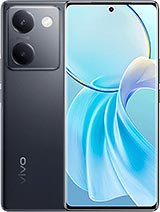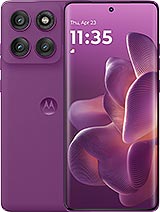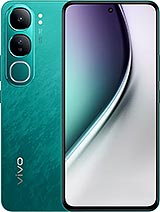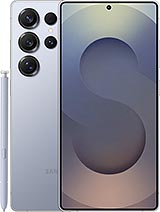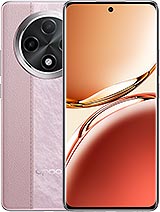Oppo F27 Pro+ alternatives
Tap above to see alternatives.
Vivo X200 alternatives
Tap above to see alternatives.
2x2.6 GHz Cortex-A78
6x2.0 GHz Cortex-A55
1x3.63 GHz Cortex-X925
3x3.3 GHz Cortex-X4
4x2.4 GHz Cortex-A720
8GB 256GB (UFS 3.1)
16GB 512GB (UFS 4.0)
(f/1.7, (wide), 1/2.0", 0.7µm, PDAF)
2 MP
(f/2.4, (macro))
f/1.6, 23mm (wide), 1/1.56", PDAF, OIS
50 MP
f/2.6, 70mm (periscope telephoto), 1/1.95", PDAF, OIS, 3x optical zoom
50 MP
f/2.0, 15mm, 119˚ (ultrawide), 1/2.76", 0.64µm, AF
1080p@30/60/120/480fps
720p@960fps
1080p
(f/2.0, (wide))
f/2.0, 20mm (ultrawide)
1080p@30fps
1080p@30/60fps
SIM1: Nano, SIM2: Nano
SIM1: Nano, SIM2: Nano
FDD: N1, N3, N5, N8, N28
TDD: N77, N78
FDD: N1, N3, N5, N8, N28
TDD: N40, N77, N78
FDD: N1, N3, N5, N8, N28
TDD: N77, N78
FDD: N1, N3, N5, N8, N28
TDD: N40, N77, N78
In this comparison, the Vivo X200 with the Mediatek Dimensity 9400 (3nm) performs better than the Oppo F27 Pro+ with the Mediatek Dimensity 7050 (6nm), thanks to its more efficient chipset.
The Vivo X200 offers 4 years of OS updates, while the Oppo F27 Pro+ provides 3 years. When it comes to security updates, Vivo X200 leads with 5 years of support.
Both phones feature AMOLED displays. They have the same 120 Hz refresh rate. Vivo X200 also has a brighter display with 4500 nits, improving outdoor visibility. Notably, Vivo X200 has a higher resolution display, resulting in sharper visuals.
Vivo X200 has a larger 5800 mAh battery for longer usage. Vivo X200 supports faster wired charging at 90W.
Both phones have the same IP69 rating for water and dust resistance.

